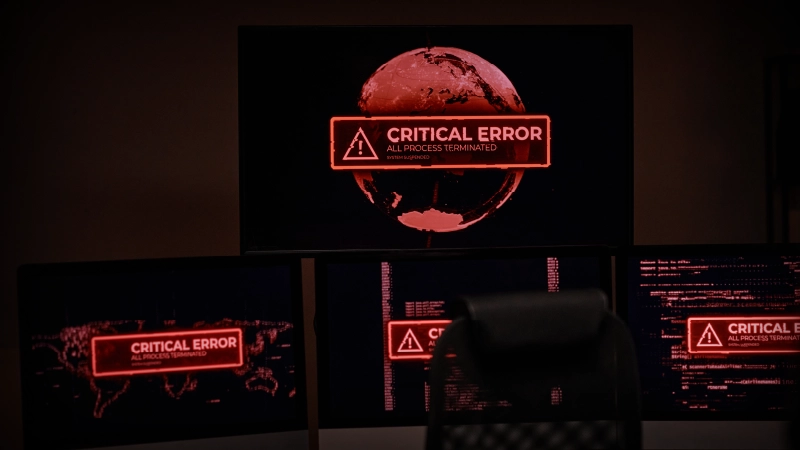No False Negatives in Data Security: Why It’s Non-Negotiable

In data security, accuracy isn’t a luxury—it’s a necessity. False negatives—missed threats, undetected sensitive data, or overlooked vulnerabilities—are one of the biggest risks to an enterprise security posture. If your security tools are giving you a clean bill of health while data remains exposed, you have a problem. A serious one.
What Does “No False Negatives” Mean in Security?
A false negative in data security occurs when a system fails to identify a security risk that does exist. This could mean:
- Sensitive data remains unprotected because discovery tools didn’t detect it.
- Malicious activity bypasses defenses when undetected.
- Compliance gaps go unnoticed, leading to regulatory exposure.
Simply put: if your security tools aren’t catching everything, you’re operating with a blind spot. And in enterprise environments, blind spots get exploited.
Why Are False Negatives a Direct Risk to the Business
Missed threats and undetected sensitive data translate directly to business risk. False negatives can lead to:
- Regulatory non-compliance – If auditors find exposed data that your tools didn’t detect, fines and penalties follow.
- Data breaches – Attackers don’t need to exploit your strongest defenses, just your weakest ones. Undetected vulnerabilities are prime targets.
- Operational inefficiencies – Security teams waste time and resources investigating incomplete or misleading data.
- Erosion of trust – Customers, stakeholders, and regulators expect organizations to know where their sensitive data is and protect it. A failure will damage credibility.
How We See It
For security and risk leaders, eliminating false negatives means ensuring that every piece of sensitive data, every vulnerability, and every anomaly is detected and addressed.
If your primary goal is simply meeting compliance requirements rather than truly strengthening your data security, we should have a conversation. We’re here to help organizations that want to go beyond the basics and take a proactive approach to protecting their sensitive information.
Security starts with knowing exactly where sensitive data lives—on endpoints, in cloud environments, across hybrid infrastructures, and within legacy mainframes. Any gaps in discovery create openings for risk. A complete, automated discovery solution ensures nothing is overlooked.
Data security tools must be intelligent enough to correctly classify and label sensitive data—without false negatives. Machine learning and automated classification help ensure all data is properly categorized for protection.
Automated and Policy-Driven Protection
Once data is discovered and classified, encryption, tokenization, redaction, and masking must be applied automatically based on policy—without human intervention. A strong security posture doesn’t rely on manual oversight.
Continuous Monitoring and Adaptive Controls
Data security isn’t a one-time scan; it’s an ongoing process. Risk leaders need real-time insights into where data is moving, how it’s accessed, and whether existing controls remain effective. AI-driven monitoring and automated remediation ensure that gaps are identified and closed before they become liabilities.
Security Leaders Can’t Afford to Guess
For risk and compliance officers, false negatives are unacceptable, and AI alone is not enough to prevent it. The assumption that your data is secure must be backed by proof, not hope.
Enterprise organizations must deploy security solutions that provide:
- 100% data visibility – No unknowns, no blind spots.
- Zero-trust enforcement – Assume breach and secure every access point.
- Compliance-aligned security – Meeting regulatory requirements without manual guesswork.
Bottom Line
Security solutions that miss critical threats or leave sensitive data undetected create risk—both financial and reputational. The only way to build a truly resilient security posture is to eliminate false negatives at every level of data protection. In an era of increasing cyber threats, you either see everything, across all platforms, or you’re vulnerable.
No blind spots. No gaps. No false negatives. That’s the standard.









